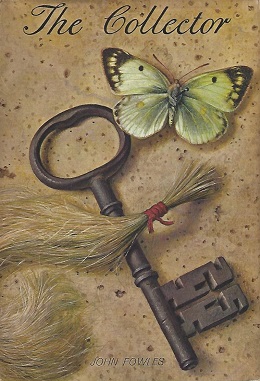In this 432 page exploration of the Columbine High School massacre, journalist Dave Cullen examines the tragedy from multiple angles. The book includes profiles of perpetrators Eric Harris and Dylan Klebold, an examination of life at Columbine before and after the attack, the perspectives of victims and their parents, and a debunking of several of the myths perpetuated by the media and law enforcement.
I was wrong. So were you. And so, it would seem, was everyone else. That’s the central premise behind Cullen’s Columbine. Released almost exactly a decade after the notorious attack, the book shines ample light on the killers’ motivations. Some of its revelations are old hat: the erroneous assumptions that video games/Marilyn Manson made them do it or that Harris and Klebold acted on behalf of the “Trench Coat Maffia” were debunked long ago. But the counter narrative – that the pair were outcasts driven to extremes by bullying – doesn’t hold up either. Using expert profiles and the killers’ own words (they kept journals and recorded videos well in advance of the attack), Cullen reveals Harris to be a psychopathic master manipulator and Klebold his depressive sidekick. If the two looked like outcasts, it was an image they cultivated for themselves. In other words, they weren’t “pushed” by anything, be it video games, music, jocks, parents, gun culture, or who knows what else.
But Cullen’s revelations don’t end there. In his chilling recreation of the events of April 20, 1999, he shows how much worse things could have been. Fun Fact 1: the then-worst school shooting in American history was conceived as a school bombing. Harris and Klebold resorted to opening fire after their propane bombs didn’t go off. Fun Fact 2: the shooting itself was over in a relatively short period of time, but it took law enforcement (who, Cullen notes, took great pains to cover their asses in the aftermath) several hours to enter/secure the school and get everyone out. During that time, a teacher bled to death in a classroom. And then there’s Cassie Bernall, the alleged Christian martyr who was not, in fact, killed for expressing a belief in God, not that this would stop her parents and the evangelical community from milking the martyr angle for all it was worth.
Supported by years of research and ample sources, Cullen left virtually no stones unturned in writing Columbine, and it deserves its status as the definitive account of the massacre. But it is not a flawless effort. While the first section of the book is gripping and tense, the remainder is considerably less so. Cullen’s use of a parallel structure (alternating Harris and Klebold’s lives leading up to the attack with the lives of the survivors in the aftermath) feels contrived and threatens to dilute reader interest. He also shows a certain smugness in sticking it to the media (of which, his introductory note explains, he was a member) and especially the Jefferson County Sheriff’s Office (justifiable given their conduct, but you have to wonder if this isn’t some form of payback for being denied access). Lastly, Cullen freely engages in conjecture, delving inside the heads of his killers and recreating key moments. It’s conjecture guided by research, but it’s walking on a tree branch just the same.
These faults will keep Columbine from reaching In Cold Blood status, but it’s still a must read. It may shock you, and it may make you mad, but it will also fill in some holes that ten years worth of movies, books, articles, and endless speculation have failed to adequately address.
8




